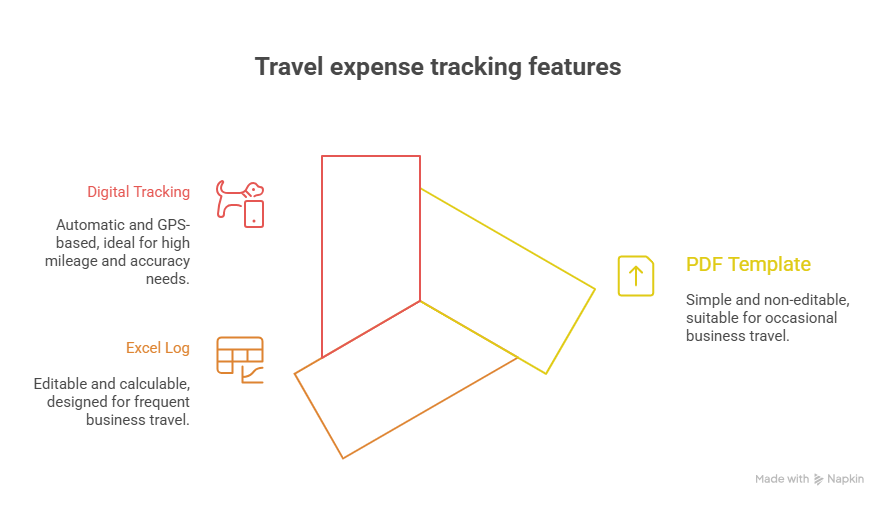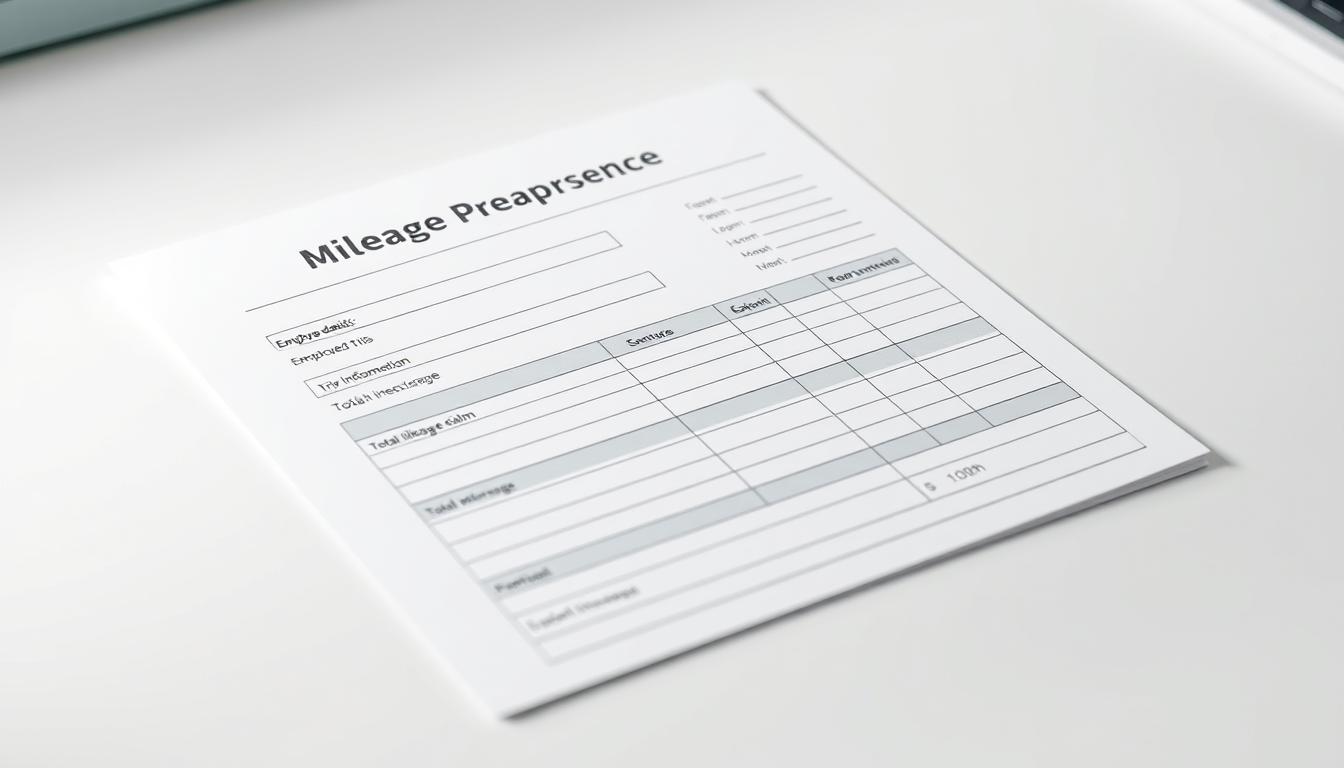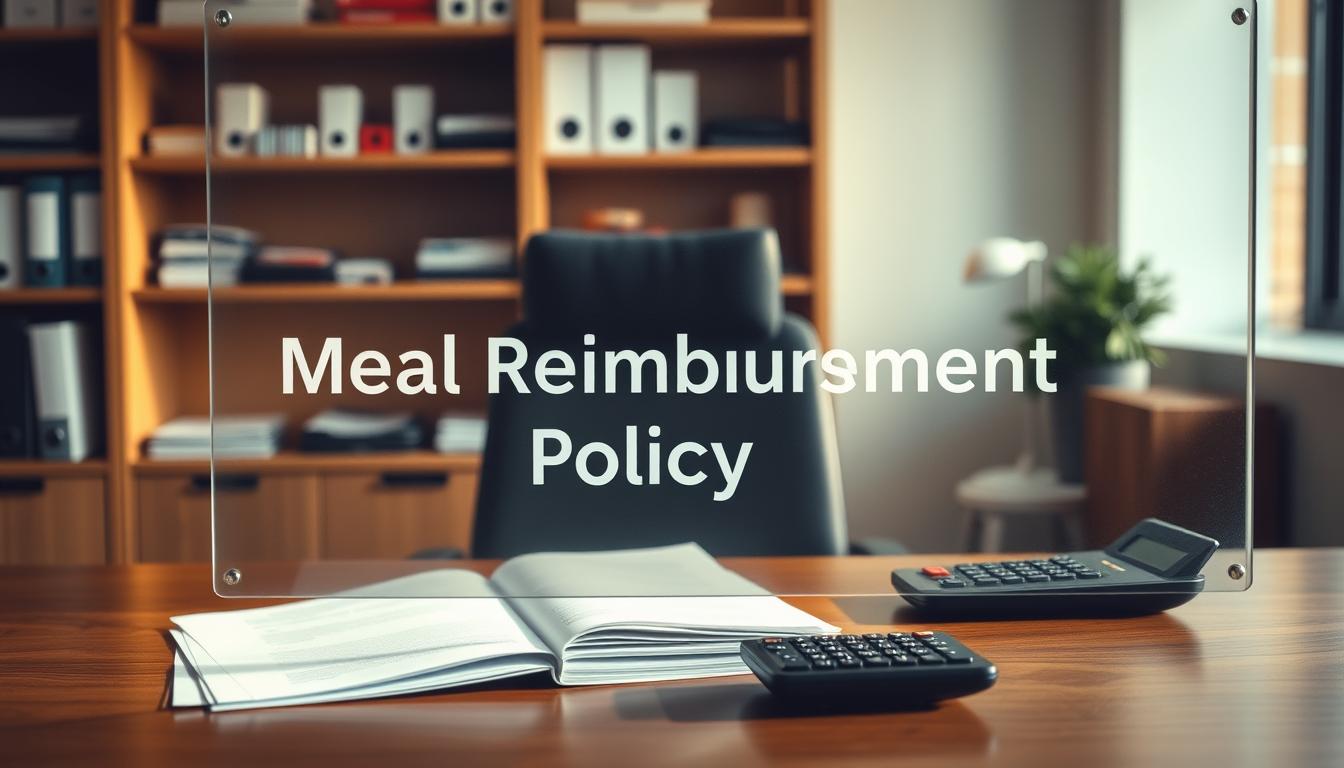Did you know that each year, millions of dollars in driving expenses related to work go unreported because the necessary paperwork isn’t in place? Getting paid back for your hard-earned money can be greatly impacted by having the appropriate mileage reimbursement template.
Employers and employees alike must have a suitable reimbursement procedure in place. It guarantees that workers receive just compensation in addition to assisting in monitoring work-related driving expenses.
The process of claiming your work-related driving expenses can be made easier by downloading our employee mileage reimbursement form. Our form is made to be easy to use and adhere to accepted reimbursement procedures.
Understanding Mileage Reimbursement for Employees
For workers who use their cars for work, it’s essential to comprehend how mileage reimbursement operates. Employees can be fairly compensated for their business-related travel expenses with the support of a clearly defined mileage reimbursement policy.
What Qualifies as Reimbursable Business Mileage
Only business-related travel qualifies for reimbursement; not all mileage is. This covers going to conferences, client meetings, and other work-related locations. For the purpose of filing an employee travel expense form, employees should keep a log of their business miles.
Current IRS Mileage Rates and Tax Implications
Every year, the IRS establishes the standard mileage rates. The rate for business use is 58 cents per mile for the current year. Workers should be informed that, provided they don’t surpass the IRS rate, reimbursements are not taxable. Comprehending these rates is crucial for correctly filling out the employee travel expense form and for adhering to tax laws.
Employee Mileage Reimbursement Form: Download Options
The appropriate employee mileage reimbursement form is essential for controlling business expenses. A simple method for tracking and reporting mileage expenses is required by both employers and employees. Simple PDF templates, editable Excel logs, and digital tracking options are just a few of the formats that are available to meet diverse needs.
Standard PDF Mileage Reimbursement Template
The simple, non-editable format of a PDF mileage reimbursement template makes it simple to print and complete by hand or electronically. For people who prefer a straightforward, widely recognized format, it’s perfect. A simple PDF template is available for download here.
Editable Excel Mileage Log Forms
An editable Excel mileage log form is a fantastic choice for people who require greater flexibility. Users can track numerous trips, easily calculate totals, and modify the form to suit their own requirements with this format. It’s especially helpful for workers who travel for work on a regular basis.
Digital Tracking Alternatives
Alternatives to digital tracking provide a contemporary method of keeping track of mileage. Software and apps can use GPS to track business miles automatically, streamlining the process and lowering the possibility of mistakes. TripLog and MileIQ are well-liked choices.
| Format | Features | Best For |
|---|---|---|
| PDF Template | Simple, non-editable | Occasional business travel |
| Excel Log | Editable, calculable | Frequent business travel |
| Digital Tracking | Automatic, GPS-based | High mileage, accuracy needed |

How to Complete and Submit Your Mileage Claim
If you have the correct instructions, filing a mileage claim can be a simple process. You must first complete a business travel reimbursement form or a business mileage form. These forms are intended to record the essential information about your business trips.
Step-by-Step Form Completion Guide
Entering your personal and business information is the first step in completing your mileage claim form. Next, record the date, the starting and ending locations, the total number of miles traveled, and the reason for each business trip. Make sure you have a business mileage form that lets you record more than one journey.
Tracking and Documenting Your Business Travel
Precise documentation and tracking are essential. To keep track of your travels, use a digital tool or a mileage log. Save your receipts for any associated costs, as they might also qualify for reimbursement. Your claim will be backed up by this documentation, which will also be useful in the event of an audit.
Submission Process and Reimbursement Timeline
Send your completed company travel reimbursement form to the appropriate finance or human resources department. Although the timeframe for reimbursement may differ, most businesses handle claims in a matter of weeks. If you haven’t received your reimbursement in the anticipated time frame, stay organized and follow up.
You can guarantee a seamless and effective reimbursement procedure for your business travels by adhering to these guidelines and utilizing the appropriate paperwork.
Conclusion: Best Practices for Hassle-Free Reimbursements
Understanding the rules and best practices described in this article is crucial to a seamless reimbursement process. For accurate and prompt reimbursements, it is essential to use the appropriate employee mileage reimbursement form.
You can steer clear of typical pitfalls and guarantee that your reimbursement is processed quickly by following the detailed instructions for filling out and submitting your mileage claim. To help you supply the information required for your claim, keep track of and accurately record your business travel.
You can enjoy hassle-free reimbursements and concentrate on your work by following these best practices and using the appropriate employee mileage reimbursement form. In addition to helping you, managing your mileage reimbursements well also makes the organizational process run more smoothly.
FAQ
What is an employee mileage reimbursement form used for?
Driving expenses related to work are reimbursed using an employee mileage reimbursement form. It facilitates the process of filing a claim for reimbursement by assisting staff in tracking and recording their business mileage.
How do I fill out a mileage reimbursement template?
Simply enter the necessary details, such as the date, the starting and ending locations, the reason for the trip, and the total number of miles driven, to complete a mileage reimbursement template. Make sure you adhere to the guidelines that come with the template.
What is the current IRS mileage rate for business use?
Every year, the IRS mileage rate for business use changes. To find the current rate, you must visit the IRS website or speak with the accounting department of your business.
Can I use a digital tracking alternative for my mileage log?
Yes, you can log your business mileage using a variety of digital tracking options, including online mileage tracking tools and mobile apps. These substitutes can cut down on paperwork and be convenient.
How do I submit my mileage claim for reimbursement?
Fill out the employee mileage reimbursement form, include any necessary supporting documentation, and send it to the accounting or human resources department of your business in accordance with their reimbursement procedure to submit your mileage claim.
What is the typical reimbursement timeline for mileage claims?
The company’s policies and procedures determine how long it takes to reimburse mileage claims. Reimbursement usually occurs a few weeks after the claim is filed.
Do I need to keep records of my business mileage?
Yes, in order to support your reimbursement claim or in the event of an audit, it is imperative that you maintain precise records of your business mileage, including dates, miles traveled, and the reason for the trip.
Can I claim reimbursement for commuting to work?
Driving to work is typically not regarded as a business expense that can be reimbursed. However, you might be eligible to get paid for trips you take on business during the working day.
How do I ensure I’m following my company’s mileage reimbursement policy?
Review the policy guidelines, get clarification if necessary, and maintain thorough records of your business mileage to make sure you’re adhering to your company’s mileage reimbursement policy.




